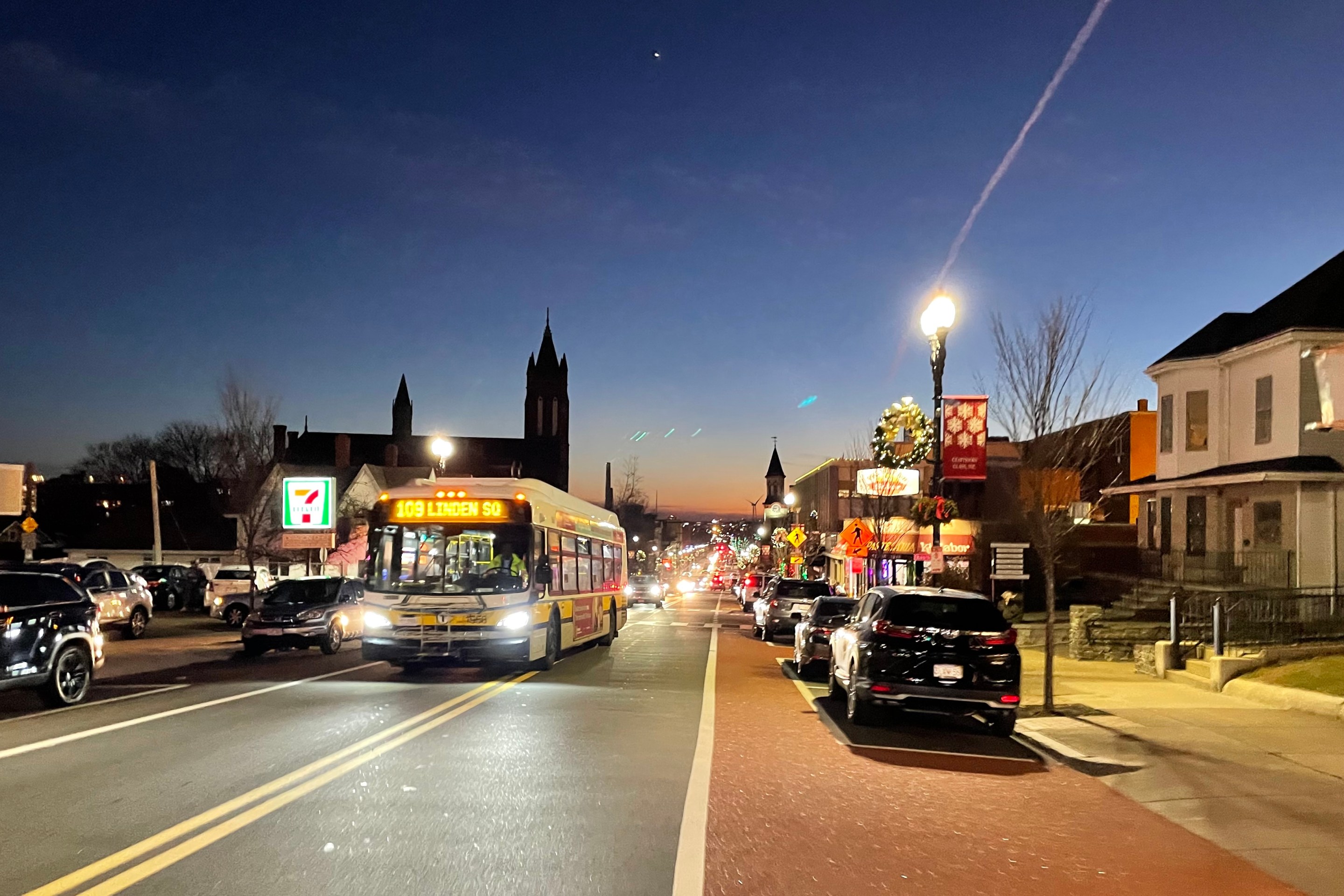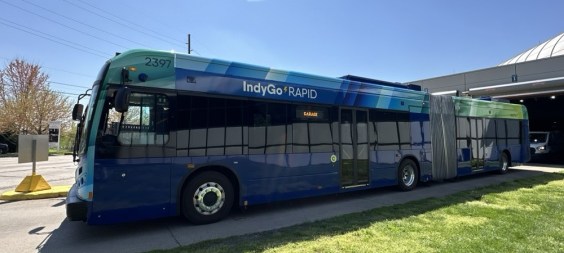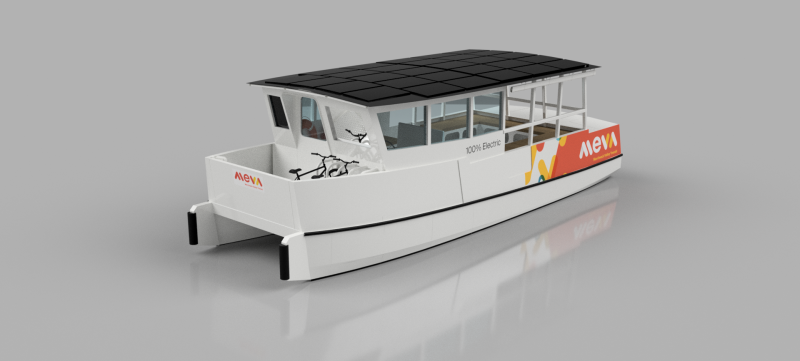It’s the season of thanks, and here in Massachusetts public transit, there is much to be thankful for. As someone who watches their TrainTrakr with remorse at how few trains have been on the move recently, I was pleasantly surprised to see a fully-lit board this morning.
No more slow zones
After two multi-day closures during October, the Orange Line fully reopened on November 2nd, free of speed restrictions for the first time in 15 years.
The October closures fixed nine slow zones on the north end towards Oak Grove and 20 slow zones going south to Forest Hills. Compared to a year ago, the line has seen an improvement in travel time end-to-end from 51 minutes to now under 40.
On Monday, the MBTA announced that they had also removed all slow zones from the Red Line for the first time in 20 years.
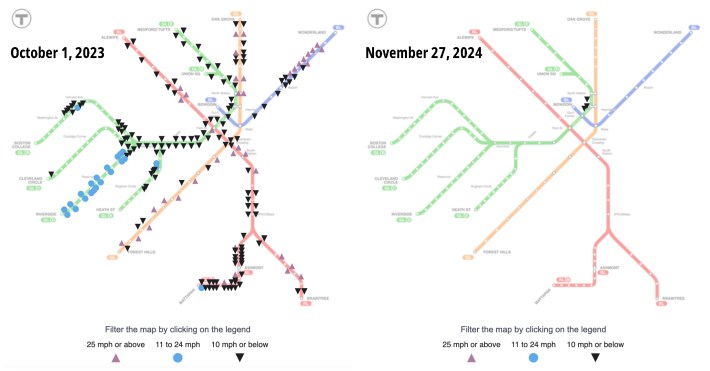
With this major update to the MBTA’s Track Improvement Program, the Red Line joins the Orange and Blue as those without speed restrictions. This will allow for a 53 percent increase in trains on the Red Line this winter compared to last year’s numbers.
The Green Line is expected to experience service disruptions from December 6th to December 20th between Park Street and Union Square as well as Medford/Tufts.
This will be the final service suspension in the Track Improvement Program, and is expected to address the last of the slow zones across all MBTA subway lines.
“There’s more work to do on the Green Line next month to make the entire subway system slow zone-free, but we’re now well-positioned to efficiently maintain our system for years to come with the goal of providing the safe, reliable service our riders can be proud of,” Eng told MBTA board members at their November meeting earlier this month.
New trains on the way
Data on service interruptions from TransitMatters suggests that now that the slow zones are fixed, problems with old trains have become one of the biggest sources of Red Line delays.
But new trains are on the way for 2025.
MBTA spokesperson Joe Pesaturo told StreetsblogMASS that "32 new Red Line cars have been delivered to date, 20 of which are currently available for service. The other 12 are in varying stages of the inspection, testing and acceptance process.”
Once four of those new cars are accepted, the MBTA will have enough to run four new train sets at a time on the Red Line.
And as more cars arrive over the course of 2025, “the T remains on target to start retiring the oldest Red Line cars by the end of next year, says Pesaturo.
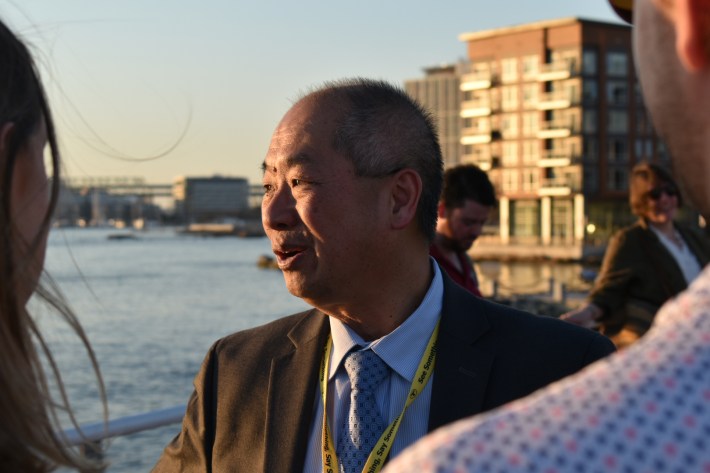
What’s next for 2025?
At the November MBTA board meeting, General Manager Eng reflected on 2024’s accomplishments, including the Track Improvement Program, the completion of the Dorchester Avenue bridge replacement project, Red and Orange Line signal upgrades, power system improvements, and accessibility enhancements.
He also spoke to what's to come in 2025, noting that while tracks are finally in a state of good repair, they still need to do a lot of work to not fall backwards.
This includes plans to accelerate Red and Orange Line signal upgrades (aiming for an early 2026 completion), and focus on station accessibility projects, including work at the Symphony and Ruggles stations.
Eng said that while some weekend outages will continue for necessary upgrades, they will be less frequent and extensive than they were in 2024, so that the “public can really be able to now start to enjoy the fruits of what we've been able to put together for 2024.”
The MBTA is also planning to advance Phase 1 of the bus network redesign in a few weeks, featuring 15-minute, all-day service (5 a.m. to 1 a.m.) on key corridors, seven days a week. This aims to provide reliable, frequent bus service to meet rider demand and is made possible by increased workforce hiring, namely that of bus operators, backed by the Healey administration and the state legislature.
In another attempt to improve rider experience and MBTA usability, the newly released MBTA Go app is now available in Spanish, Simplified Chinese, Traditional Chinese, Portuguese, Haitian Creole, and Vietnamese. The app provides real-time rider updates, train and bus tracking, understanding transfers available at each stop and station, and more. It is currently available for iPhone, and will be made available for Android in early 2025.
Additionally, the MBTA will see the return of Subway Line Managers, staff positioned to oversee station appearance, report and address station issues to improve rider experience, and escalate any safety issues.
Finally, the T has released a new Strategic Plan highlighting the past year of achievements and outlining the agency’s goals for safety, modernizing assets, improving connectivity, increasing the system’s environmental sustainability and resilience, attracting new riders, and increasing the percentage of transit trips in the region.
What are you thankful (or hopeful) for in the world of Massachusetts transit? Sound off in the comments below, and have a restful Thanksgiving holiday.


